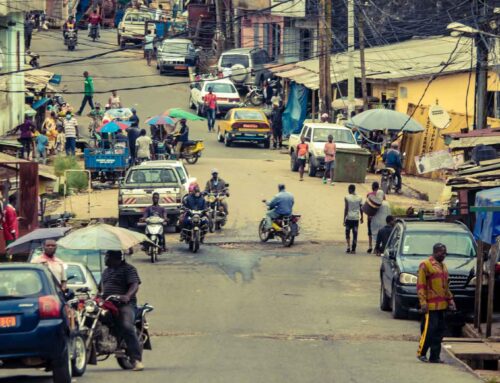Global Uptick In Government Restrictions On Religion
According to the Pew Research, Nationalist parties and organizations played an increasing role in harassment of religious minorities.
Restrictions on religion around the world continued to climb in 2016, according to Pew Research Center’s ninth annual study of global restrictions on religion. This marks the second year in a row of increases in the overall level of restrictions imposed, either by governments or by private actors (groups and individuals), in the 198 countries examined in the study.
The share of countries with “high” or “very high” levels of government restrictions – that is, laws, policies, and actions by officials that restrict religious beliefs and practices – rose from 25 percent in 2015 to 28 percent in 2016. This is the largest percentage of countries to have high or very high levels of government restrictions since 2013, and falls just below the 10-year peak of 29 percent in 2012.
Meanwhile, the share of countries with “high” or “very high” levels of social hostilities involving religion – that is, acts of religious hostility by private individuals, organizations, or groups in society – remained stable in 2016 at 27 percent. Like government restrictions, social hostilities also peaked in 2012, particularly in the Middle East-North Africa region, which was still feeling the effects of the 2011 Arab Spring uprisings. The number of countries with “high” or “very high” levels of social hostilities declined in 2013 and has remained at about the same level since, but it is higher than it was during the baseline year of this study (2007).
In total in 2016, 83 countries (42 percent) had “high” or “very high” levels of overall restrictions on religion– whether resulting from government actions or from hostile acts by private individuals, organizations, and social groups – up from 80 (40 percent) in 2015 and 58 (29 percent) in 2007.
Number of countries with high or very high levels of government restrictions on religion continues to climb, while overall social hostilities dip in 2016
% of 198 countries with high or very high levels:

For the full report, see: http://www.pewforum.org/2018/06/21/global-uptick-ingovernment restrictions-on-religion-in-2016
Global Uptick In Government Restrictions On Religion
According to the Pew Research, Nationalist parties and organizations played an increasing role in harassment of religious minorities.
Restrictions on religion around the world continued to climb in 2016, according to Pew Research Center’s ninth annual study of global restrictions on religion. This marks the second year in a row of increases in the overall level of restrictions imposed, either by governments or by private actors (groups and individuals), in the 198 countries examined in the study.
The share of countries with “high” or “very high” levels of government restrictions – that is, laws, policies, and actions by officials that restrict religious beliefs and practices – rose from 25 percent in 2015 to 28 percent in 2016. This is the largest percentage of countries to have high or very high levels of government restrictions since 2013, and falls just below the 10-year peak of 29 percent in 2012.
Meanwhile, the share of countries with “high” or “very high” levels of social hostilities involving religion – that is, acts of religious hostility by private individuals, organizations, or groups in society – remained stable in 2016 at 27 percent. Like government restrictions, social hostilities also peaked in 2012, particularly in the Middle East-North Africa region, which was still feeling the effects of the 2011 Arab Spring uprisings. The number of countries with “high” or “very high” levels of social hostilities declined in 2013 and has remained at about the same level since, but it is higher than it was during the baseline year of this study (2007).
In total in 2016, 83 countries (42 percent) had “high” or “very high” levels of overall restrictions on religion– whether resulting from government actions or from hostile acts by private individuals, organizations, and social groups – up from 80 (40 percent) in 2015 and 58 (29 percent) in 2007.
Number of countries with high or very high levels of government restrictions on religion continues to climb, while overall social hostilities dip in 2016
% of 198 countries with high or very high levels:

For the full report, see: http://www.pewforum.org/2018/06/21/global-uptick-ingovernment restrictions-on-religion-in-2016
Global Uptick In Government Restrictions On Religion
According to the Pew Research, Nationalist parties and organizations played an increasing role in harassment of religious minorities.
Restrictions on religion around the world continued to climb in 2016, according to Pew Research Center’s ninth annual study of global restrictions on religion. This marks the second year in a row of increases in the overall level of restrictions imposed, either by governments or by private actors (groups and individuals), in the 198 countries examined in the study.
The share of countries with “high” or “very high” levels of government restrictions – that is, laws, policies, and actions by officials that restrict religious beliefs and practices – rose from 25 percent in 2015 to 28 percent in 2016. This is the largest percentage of countries to have high or very high levels of government restrictions since 2013, and falls just below the 10-year peak of 29 percent in 2012.
Meanwhile, the share of countries with “high” or “very high” levels of social hostilities involving religion – that is, acts of religious hostility by private individuals, organizations, or groups in society – remained stable in 2016 at 27 percent. Like government restrictions, social hostilities also peaked in 2012, particularly in the Middle East-North Africa region, which was still feeling the effects of the 2011 Arab Spring uprisings. The number of countries with “high” or “very high” levels of social hostilities declined in 2013 and has remained at about the same level since, but it is higher than it was during the baseline year of this study (2007).
In total in 2016, 83 countries (42 percent) had “high” or “very high” levels of overall restrictions on religion– whether resulting from government actions or from hostile acts by private individuals, organizations, and social groups – up from 80 (40 percent) in 2015 and 58 (29 percent) in 2007.
Number of countries with high or very high levels of government restrictions on religion continues to climb, while overall social hostilities dip in 2016
% of 198 countries with high or very high levels:

For the full report, see: http://www.pewforum.org/2018/06/21/global-uptick-ingovernment restrictions-on-religion-in-2016

